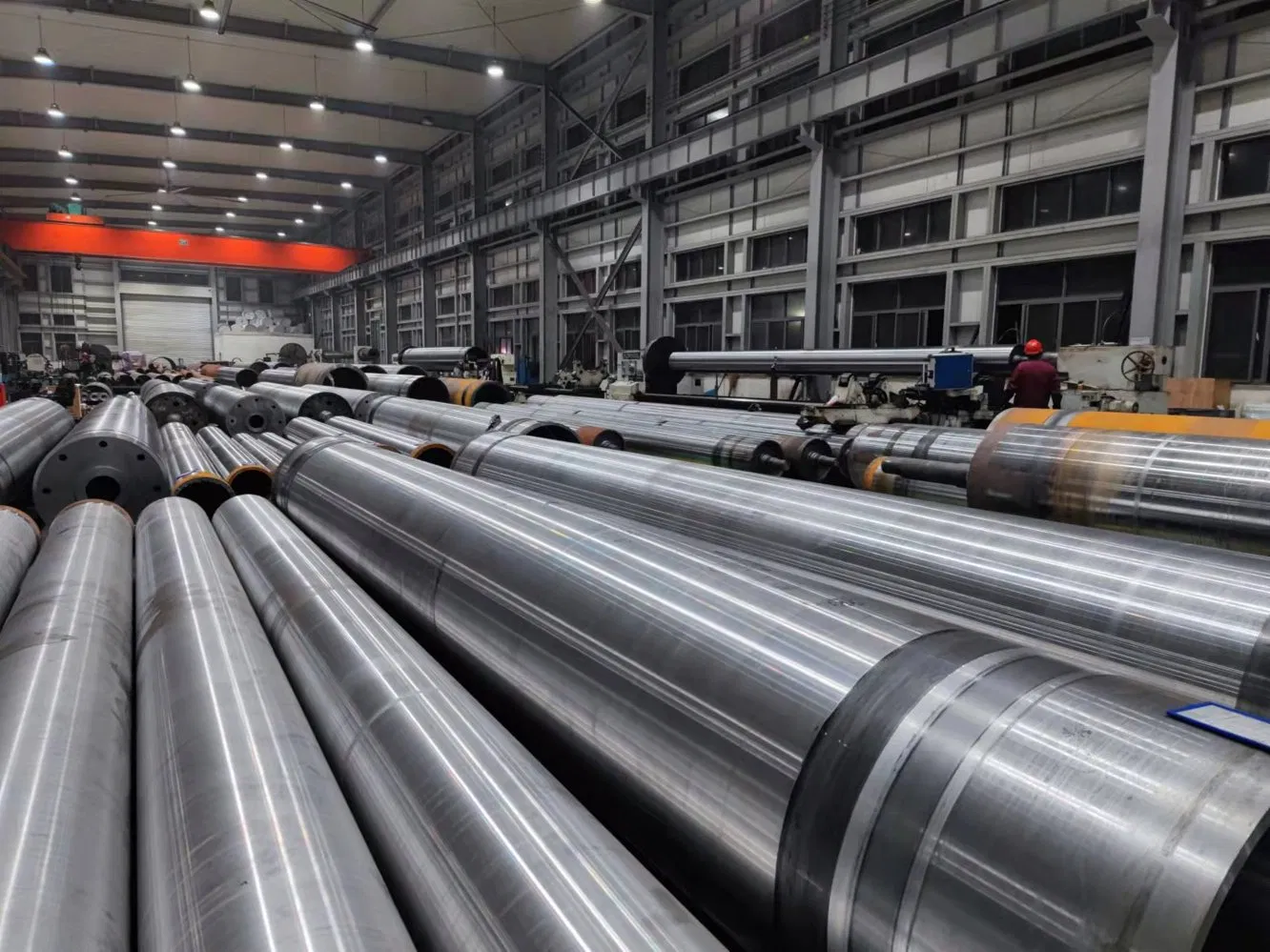The quality of paper, whether destined for a high-speed printing press or the humble task of everyday note-taking, hinges on numerous factors during its manufacture. One often overlooked yet critical element is the precise balancing of the stone rolls used in the calendering process. These massive rolls, typically made of granite or other composite materials, are responsible for imparting the desired finish and properties to the paper web. Their balance, or lack thereof, directly influences the uniformity and consistency of the final product. A perfectly balanced roll ensures even pressure across the paper web, resulting in superior smoothness, thickness consistency, and overall quality.
Calendering, the process of pressing paper between these heavy rollers, serves to smooth the paper surface, control its thickness, and enhance its properties like gloss and printability. Imagine trying to flatten dough with a rolling pin that’s heavier on one side. The resulting dough would be uneven and inconsistent. Similarly, an unbalanced stone roll leads to variations in paper caliper and surface properties. This can manifest as streaks, uneven density, and fluctuations in smoothness, ultimately compromising the paper’s performance in its intended application.
Imbalance in stone rolls can stem from various factors, including manufacturing imperfections, wear and tear over time, and even the accumulation of paper dust and debris. These imbalances create vibrations and uneven pressure distribution across the paper web. This, in turn, can lead to several detrimental effects on paper quality, ranging from visible defects to subtle inconsistencies that impact printability and runnability.
One of the most significant impacts of improper stone roll balancing is variations in paper caliper. Caliper refers to the thickness of the paper, and even minor variations can have significant consequences. In printing applications, for instance, inconsistent caliper can lead to misregistration, poor ink coverage, and even paper jams. For writing papers, variations in thickness can affect the feel and performance of the paper when used with pens and pencils.
Beyond caliper, stone roll balance also affects the surface properties of the paper. An unbalanced roll can lead to uneven smoothness, affecting the paper’s gloss, opacity, and ink receptivity. This can be particularly problematic for high-quality printing papers where consistent surface properties are essential for achieving optimal print results. Think about how an unevenly painted wall looks – the imperfections stand out. Similarly, uneven smoothness in paper can result in a less visually appealing and less functional final product.
Maintaining proper stone roll balance isn't just about quality; it's also about efficiency. Imbalance can lead to increased energy consumption as the machinery works harder to compensate for the uneven pressure. It can also result in more frequent downtime for maintenance and repairs, impacting overall productivity. Furthermore, paper defects caused by imbalance can lead to significant waste, adding to the environmental footprint of paper production. So, how can paper manufacturers ensure their stone rolls are properly balanced?
Regular inspection and balancing of stone rolls are crucial. This typically involves using specialized equipment to measure the roll's balance and identify any imbalances. Corrective measures can then be taken, such as grinding or adding weights to the roll, to restore its balance. The frequency of balancing depends on factors like the roll's usage, the type of paper being produced, and the manufacturer's quality standards. Investing in preventative maintenance and regular balancing can save money in the long run by minimizing downtime and reducing waste.
The advancements in roll balancing technology have significantly improved the precision and efficiency of this process. Modern balancing equipment utilizes sophisticated sensors and software to detect even minute imbalances, enabling more precise corrections. This not only enhances paper quality but also reduces the time and effort required for maintenance.
Consider the sheer volume of paper produced globally every day. From books and magazines to packaging and tissues, paper plays a vital role in our lives. And behind every sheet of high-quality paper is a complex manufacturing process where even seemingly minor details, like stone roll balancing, can have a profound impact. Have you ever considered the intricate processes involved in making something as commonplace as paper?
In conclusion, the impact of stone roll balancing on paper quality is undeniable. Maintaining properly balanced stone rolls is essential for achieving consistent caliper, uniform surface properties, and optimal performance. It also contributes to improved efficiency and reduced waste in paper manufacturing. By prioritizing roll balancing, manufacturers can ensure they are producing high-quality paper that meets the demands of diverse applications, from high-speed printing to everyday writing.



